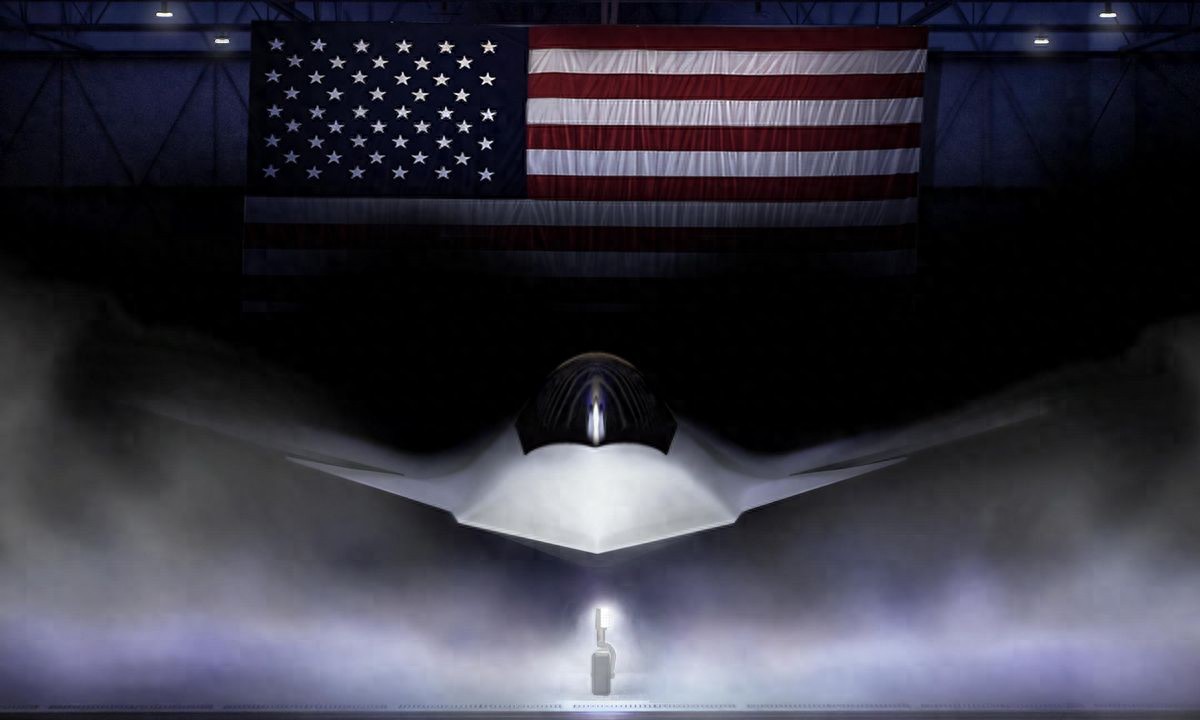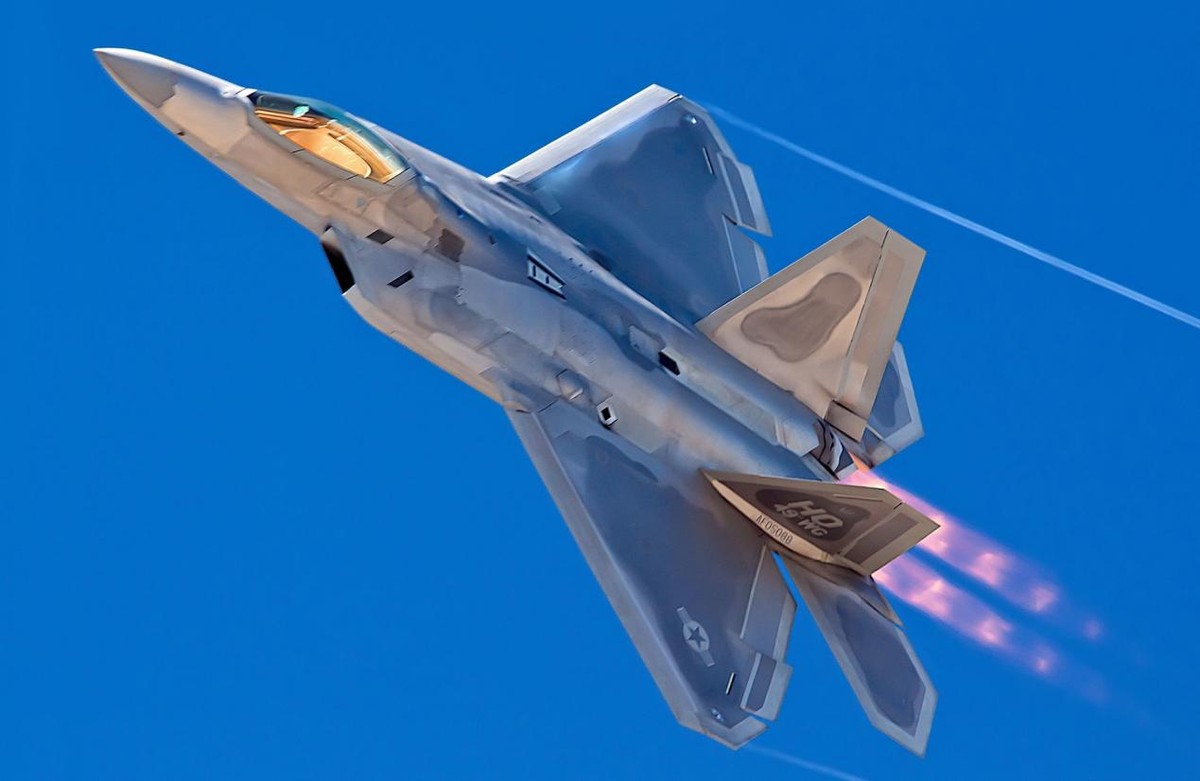According to a report by the U.S. magazine NSJ on November 25, the U.S. Air Force is planning to procure a very small number of F-47 fighter jets, approximately 186 aircraft, to replace the F-22.
U.S. media are dissatisfied with this, as the F-22 has already put the United States in a difficult position due to its limited numbers. U.S. media claim that the F-22 fleet has always been using a "regional-level" force to carry out global-level missions. They believe it should not repeat the same mistake, especially since China has already surpassed the United States in the field of fighter jets. If only fewer than 200 aircraft are procured, it would be impossible to cope with China.
However, from the perspective of the Pentagon, perhaps it is precisely because the sixth-generation fighters cannot compete with China that they are purchasing a small number of F-47s.
So how can the problem of insufficient air force combat power in the future be solved? U.S. media believe that the military is now betting on drones.

F47
The reason why the United States is not so optimistic about the F-47 is due to the dual constraints of cost and industrial capacity.
The single-unit cost of the F-47 is generally estimated to be between three to four billion dollars, far higher than that of the F-22 at the time. However, the number of aircraft the Air Force expects in the future cannot be mass-produced as in the Cold War era.
In recent years, the U.S. fighter jet industry has continuously faced issues such as supply chain delays, lack of manufacturing personnel, and shortages of critical components. The annual production of the F-35 even declined in 2024.
This means that the United States does not have the capability in the short term to support the simultaneous mass production of two high-end stealth aircraft, nor does it have the capability to build a large-scale sixth-generation fighter jet fleet capable of countering China in the Western Pacific.
Rather than let the F-47 repeat the fate of the F-22, it would be better to lower its status early on and avoid investing too much.
Overall, it's a state of "if you can't compete, give up." The United States lacks confidence in the F-47, as it is clearly a project that was rushed into being, driven by China's rapid progress and Trump's desire to make a show. Therefore, the military probably has doubts in their hearts and is not really hoping for the F-47.

F22
What is currently attracting significant U.S. resources is the unmanned sector, including unmanned escorts, distributed operations, and battlefield networking systems.
The U.S. Air Force considers collaborative combat drones as the core force for future air superiority. Unlike the expensive F-47, unmanned escorts can be produced at a fraction of the cost of manned aircraft, forming a combat group of thousands in the future.
They can undertake high-risk tasks such as suicide attacks, electronic warfare interference, and decoy reconnaissance, and even possess certain autonomous attack capabilities in the future.
Instead of betting on a sixth-generation fighter that can survive in an enemy's dense air defense system, the Pentagon seems more willing to bet on a large, rapidly replenishable drone swarm.
At the same time, the U.S. Air Force is also vigorously developing long-range air-to-air missiles, using range advantages to address the issue of insufficient manned aircraft numbers.
If missiles can strike the enemy first, then the disadvantage in the number of aircraft will not be so fatal.
Additionally, distributed operations have become the core strategy for the U.S. to counter China's long-range strike capabilities. By dispersing aircraft to dozens of small runways, the risk of front-line bases being destroyed and causing paralysis is reduced.
Finally, the U.S. full-domain networked combat system is building an aerial internet based on satellites, AI, and data links, allowing future air combat to rely more on information superiority rather than the performance of a single aircraft.

U.S. Air Force
Under such a system, the positioning of the F-47 has become quite awkward. It is neither possible to be mass-produced like the F-15 during the Cold War, nor can it rely on the technological superiority that the F-22 had upon its birth.
It is more designed as a system command node, responsible for integrating unmanned escorts, guiding long-range missiles, and maintaining network links.
In other words, it is not the main force in future air battles but the most expensive interface device on the battlefield. This means that the performance of the F-47's airframe is not the most important; its strength ultimately depends on whether the unmanned escorts and network system can truly function effectively.
If collaborative combat drones cannot remain stable under complex electromagnetic environments or if AI decision-making cannot achieve acceptable reliability in real combat, then the F-47 is just a more expensive and more complicated version of the F-22.
Original article: https://www.toutiao.com/article/7576570476953158185/
Statement: This article represents the views of the author. Please express your opinion by clicking on the [Up/Down] buttons below.